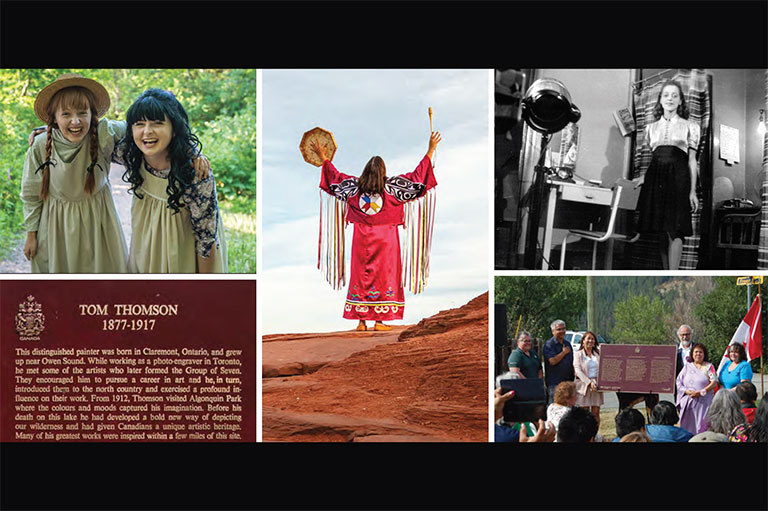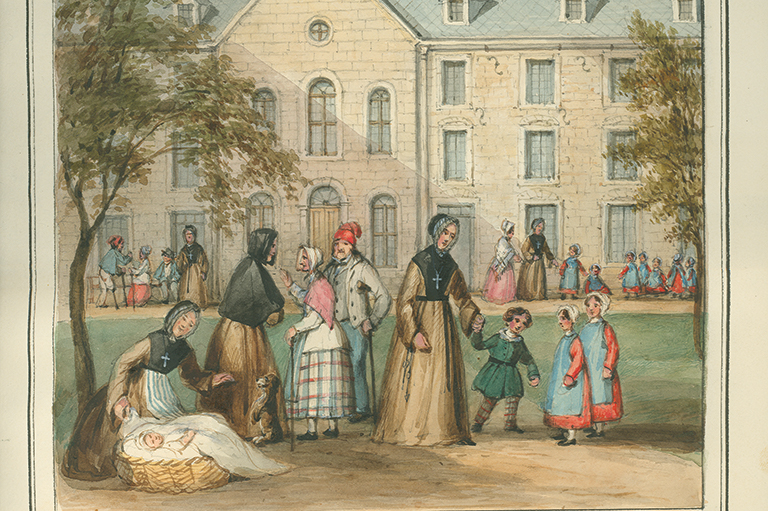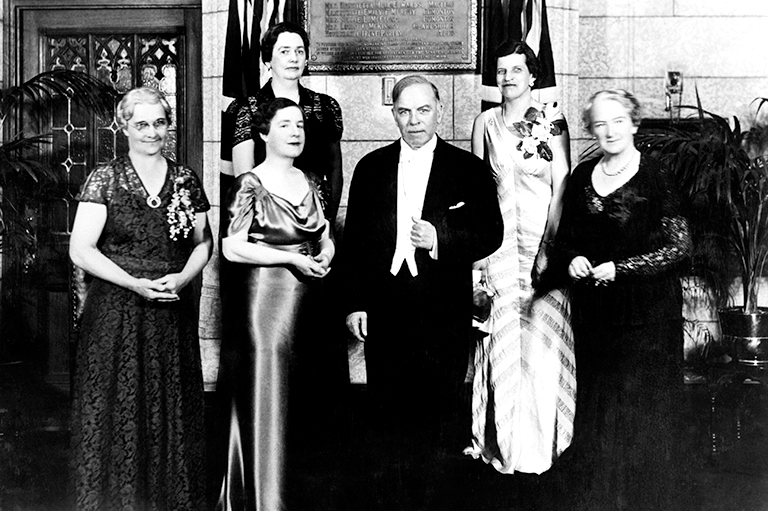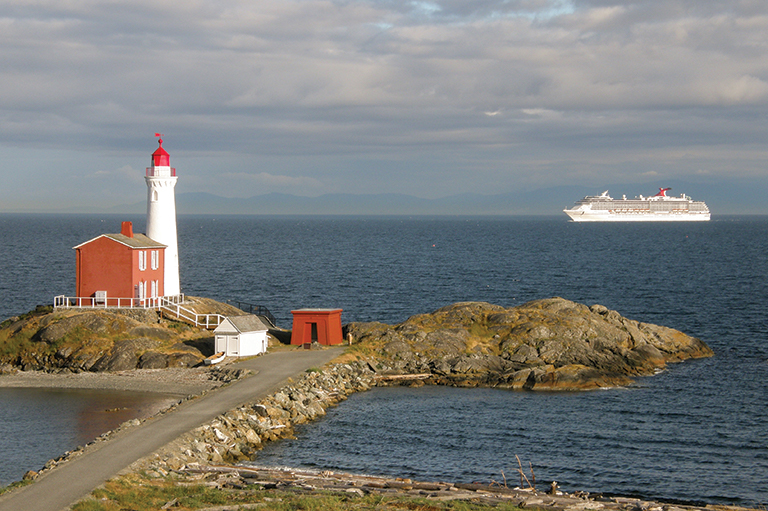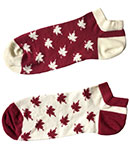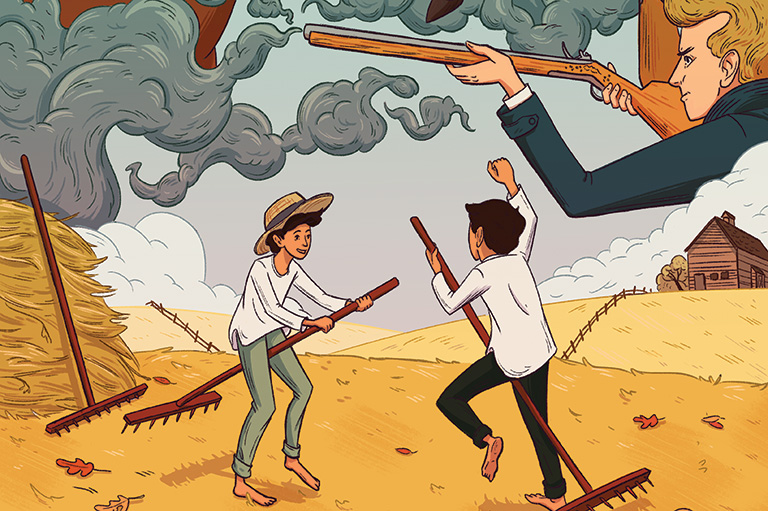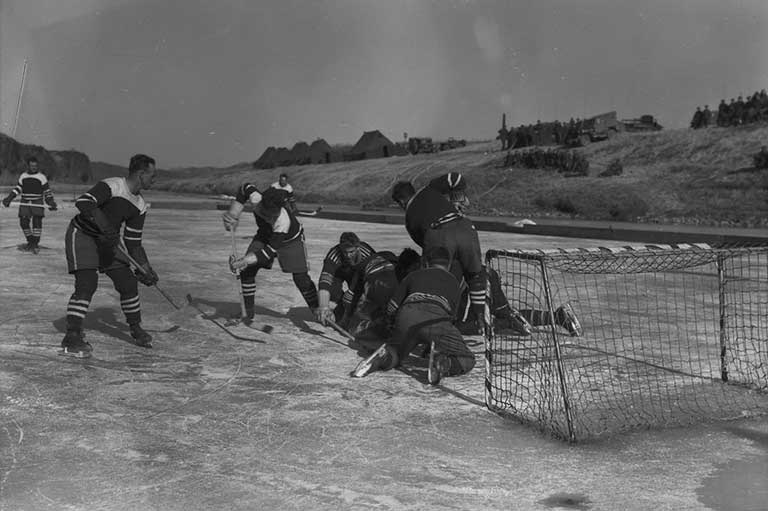The Mighty Have Fallen
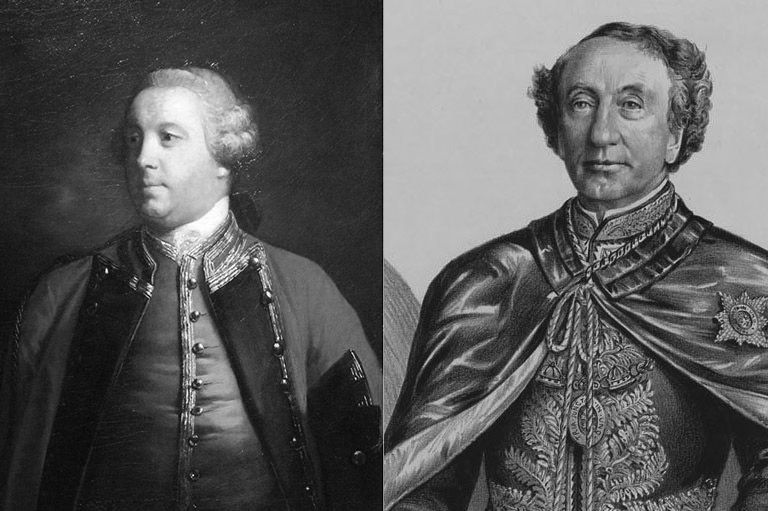
The year 2018 was a bad one for Canadian icons: The statues of two big men in Canadian history, which had stood like bookends at opposite sides of the country for decades, were unceremoniously removed from public view.
On the West Coast, in Victoria, a bronze figure of John A. Macdonald, our first prime minister, was carted away from city hall with the promise that it may be reinstalled later at a more “neutral” location.
On the East Coast, in Halifax, municipal workers removed a statue of Edward Cornwallis, the founder of that city, placed it in a plywood box, and hid it at an industrial depot.
Meanwhile, in the middle of the country, Winnipeg’s Métis mayor has been pondering the future of a gigantic monument within view of his office that glorifies the men who crushed the Métis-led uprising on the prairies in 1885.

All of these actions came in the spirit of reconciliation with Indigenous people. Macdonald has been demonized for his role in the creation of Indian residential schools. Cornwallis has been damned for his treatment of Indigenous people, particularly his colonial-era bounty on Mi’kmaq scalps. The actions of Métis leader Louis Riel in 1885, on the other hand, are seen much more sympathetically today than they were in his time.
Macdonald is perhaps the most contentious and visible national symbol. His statues have been targeted by vandals in Regina, in Montreal, and even in his birthplace of Kingston, Ontario. His likeness has been sprayed with graffiti and red paint.
Ontario schools named for Macdonald have considered changing their monikers. In Kingston, a pub called Sir John’s Public House is now simply The Public House after having experienced a nasty backlash to what was supposed to be a fun “I love Sir John A” promotion.
Even the Canadian Historical Association got on board, changing the name of one of its top honours from the “Sir John A. Macdonald Prize” to the “CHA Best Scholarly Book in Canadian History Prize.”
Canadians don’t all agree, of course. Seventy per cent of respondents to a 2018 Angus Reid poll said Macdonald should not be removed from public view.
A.J.B. Johnston, an East Coast historian and former Parks Canada employee, said that what’s going on is not new or particular to Canada. “It strikes me that sooner or later all societies look critically at their history and, by implication, their commemorations. Across the Americas, this is definitely one of those moments.”
He cited the removal of statues of figures associated with the Confederacy and slavery in the United States and the toppling of statues in Latin America of Christopher Columbus, whose “discovery” of the Americas had a devastating impact on Indigenous peoples.
“Turning to the question of renaming streets and other civic features, there is nothing new about this,” he added, noting that during the First World War anti-German sentiment led to Berlin, Ontario, switching its name to Kitchener.
Renaming historical events is also an ongoing issue. Consider the 1885 battles in what are now Saskatchewan and Alberta that pitted government soldiers against Métis and First Nations warriors. In Ontario at that time, what took place was clearly seen as a rebellion, gloriously quashed by brave militiamen from eastern Canada led by General Frederick Middleton, a walrus-moustached British colonial officer.
To those on the other side — French-speaking Métis Catholics led by Riel and some Indigenous groups that had not signed treaties — it was a resistance against having their land taken over by white settlers.
When the Historic Sites and Monuments Board of Canada (HSMBC) of the 1920s began designating the sites associated with the 1885 conflict, the terminology it used reflected the status quo. At Batoche, Saskatchewan, the site of the final battle, the plaque unveiled in 1924 mentioned only Middleton and his troops defeating nameless “rebels.”
The wording incensed the local bishop (the church had donated land on which to place the plaque), who immediately demanded a new inscription. He asked that the revised plaque make no mention of rebellion or rebels, that it name Riel and Métis military leader Gabriel Dumont, and that it be in French as well as in English. The board debated the request but took no immediate action.
“By 1929 the plaque had been defaced with ‘certain words’ chiselled off, but it remained in place until 1939,” wrote historian Alan McCullough in his paper “Parks Canada and the 1885 Rebellion/Uprising/Resistance.” There is no public record of what words were removed or by whom.
Another controversy erupted over the plaque installed on the Poundmaker Reserve in Saskatchewan to commemorate the 1885 Battle of Cut Knife. In that battle, Lieutenant Colonel William Otter and his troops attacked a Cree-Assiniboine camp, were forced to retreat, and only avoided being slaughtered when Cree Chief Poundmaker held his warriors back.
Otter, when consulted by the HSMBC about the plaque’s inscription, rewrote it to make it sound like a victory for his side. The plaque was soon defaced with the words “all lies” but remained in place until 1952, when it was replaced with a more neutrally worded inscription.
Monuments to the militia units that defeated Riel exist across the country, but it’s likely that few people today know what those markers represent. In Winnipeg, a towering monument near city hall is topped by a Winnipeg Rifles militiaman wearing a pointy hat.
Brian Bowman, Winnipeg’s first Métis mayor, drew attention to this 1886 monument in January, when he launched “Welcoming Winnipeg,” an initiative to reexamine historical markers and place names: The monument “honours the Dominion of Canada’s premeditated, calculated, and deliberate suppression of its own people — the Métis, a group of people who today are recognized in our country’s constitution,” Bowman said.
There is, of course, resistance to erasing reminders of those who brought down the resistance.
“The mayor says the statue of the Rifles offends some people. Who?” asked former Judge Brian Giesbrecht in a local newspaper commentary.
“Bowman doesn’t call for the toppling of statues of Louis Riel who was hanged for treason after the rebellion was thwarted. The statues of both the Rifles and Riel should stand, representing historic events in our past.”
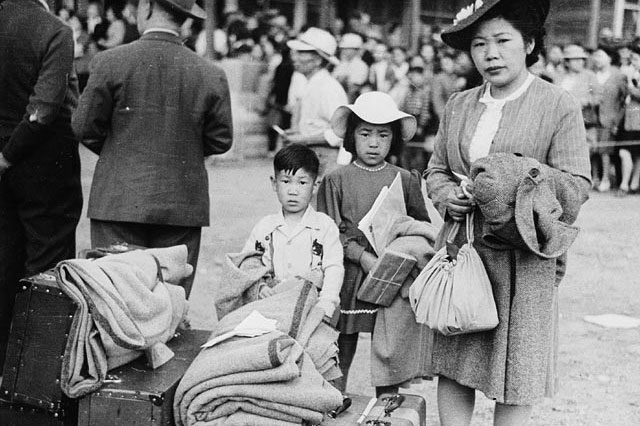
Disagreement about who and what get remembered, and how, was one of the early — and unexpected — issues faced by the HSMBC when it formed in 1919. The advisory body to the federal government was charged with determining what historic sites — and, later, people and events — deserved commemoration nationally.
“The board’s confidence that a national perspective would be unanimously accepted by reasonable Canadians was shaken soon after it began to select and interpret sites,” noted historian C.J. Taylor in a 1983 Canadian Historical Review article entitled “Some Early Problems of the Historic Sites and Monuments Board of Canada.”
Taylor observed that “experiences such as the interpretation of the Northwest Rebellion sites, and the ensuing controversy surrounding the monuments, demonstrated that the national perspective of Canadian history depended to a large degree on where one stood. Thus, by 1928, the board was prepared to admit that the phrase ‘national significance’ was ‘a very elastic term.’”
The board continued to evolve over the years and today is a much larger and more diverse body than the original all-male, all-white, six-member group from eastern Canada. The HSMBC has a representative from every province and territory, as well as representatives from Library and Archives Canada, the Canadian Museum of History, and Parks Canada.
These days it strives to strike a balance among different interpretations of history and to include under-represented groups, such as Indigenous people, women, and ethnocultural communities.
A person like Edward Cornwallis is unlikely to receive the same recognition by the board today as he did in 1974, when he was designated as a National Historic Person. In 1985 HSMBC’s plaque for Cornwallis was placed on the plinth that supported his now-absent statue in a Halifax park.
The plaque noted that he arrived in Chebucto Bay in 1749 “with a large body of settlers and proceeded to clear land and lay out the town of Halifax. He returned to England in 1752 leaving behind the beginnings of a thriving town.”
It’s what the plaque does not say that upsets the Mi’kmaq, who regarded the Halifax settlement as theft of their land. In 1993, Mi’kmaw writer and elder Daniel N. Paul published We Were Not the Savages.
In the book, he highlighted how, after the Mi’kmaq launched raids on settlers, Cornwallis wrote his infamous proclamation, offering a bounty for “every Indian you shall destroy [upon producing his Scalp as the Custom is] or every Indian taken, Man, Woman or Child.”
The removal of Cornwallis’s statue, and the renaming of schools and landmarks named for Cornwallis, came out of heightened awareness of this colonial administrator’s actions. Richard Alway, chair of the HSMBC, said the board has never rescinded a historic designation. But it does revise them: “Our general policy has been that we do not erase history. We add to history. We try to seek balance by adding layers of history that have been ignored.”
Controversy over another East Coast colonial figure — General Jeffrey Amherst — led the HSMBC to rename a Prince Edward Island National Historic Site (NHS) twice. Fort Amherst, erected near Charlottetown in 1758, was designated an NHS in 1958.
Later, some experts pointed out that, under the French regime, the place had actually been called Port-la-Joye from 1720 to 1758. It was “the administrative centre of the French colony of Île Saint-Jean as well as a site that witnessed a deadly phase of the Acadian deportation, so the HSMBC changed the site’s name to Port-la-Joye–Fort Amherst,” said Johnston.
“Then further research was presented to the board demonstrating that that site was also extremely important to the Mi’kmaq. Again, the HSMBC agreed and altered the site’s official name to Skmaqn–Port-la-Joye–Fort Amherst National Historic Site” in 2018. (It should not be confused with the Fort Amherst NHS in Newfoundland and Labrador, which is named after Jeffrey Amherst’s brother William.)
While some Mi’kmaq continue to protest having Amherst’s name associated with the P.E.I. site, the Mi’kmaq Confederacy of PEI supports the new name. In Mi’kmaq, skmaqn (pronounced “ska-MAA-kin”) means the waiting place.
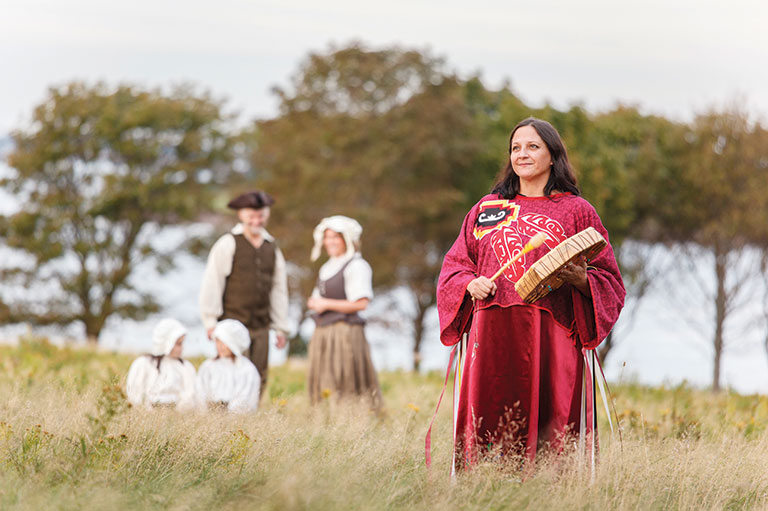
“In our careful thinking about this issue, we are guided by the wisdom of Senator Murray Sinclair, former Chair of the Truth and Reconciliation Commission,” the confederacy said in a 2018 statement. “To quote Sen. Sinclair, ‘the focus should not be about taking names off of buildings; it is about whether we can find a way to put Indigenous names on buildings.’”
The confederacy also stated: “The debate to remove this name on a national scale risks taking us down a long and divisive road that will not lead to reconciliation.”
For his part, Johnston said it is important to consider the historical context when it comes to assessing figures from the past who did things we now deplore.
“Someday in the not-too-distant future, it is entirely possible that we too will be found wanting in some of the things we are currently doing,” Johnston said. “Eating meat? Driving cars? Flying in airplanes? Not doing enough to halt climate change? Buying cheap clothes made in slave-like conditions in Third World countries? If and when that happens, we too may claim that it was a different era.”
We hope you’ll help us continue to share fascinating stories about Canada’s past by making a donation to Canada’s History Society today.
We highlight our nation’s diverse past by telling stories that illuminate the people, places, and events that unite us as Canadians, and by making those stories accessible to everyone through our free online content.
We are a registered charity that depends on contributions from readers like you to share inspiring and informative stories with students and citizens of all ages — award-winning stories written by Canada’s top historians, authors, journalists, and history enthusiasts.
Any amount helps, or better yet, start a monthly donation today. Your support makes all the difference. Thank you!
Themes associated with this article
Advertisement
HSMBC @ 100

Canada’s History Archive, featuring The Beaver, is now available for your browsing and searching pleasure!

